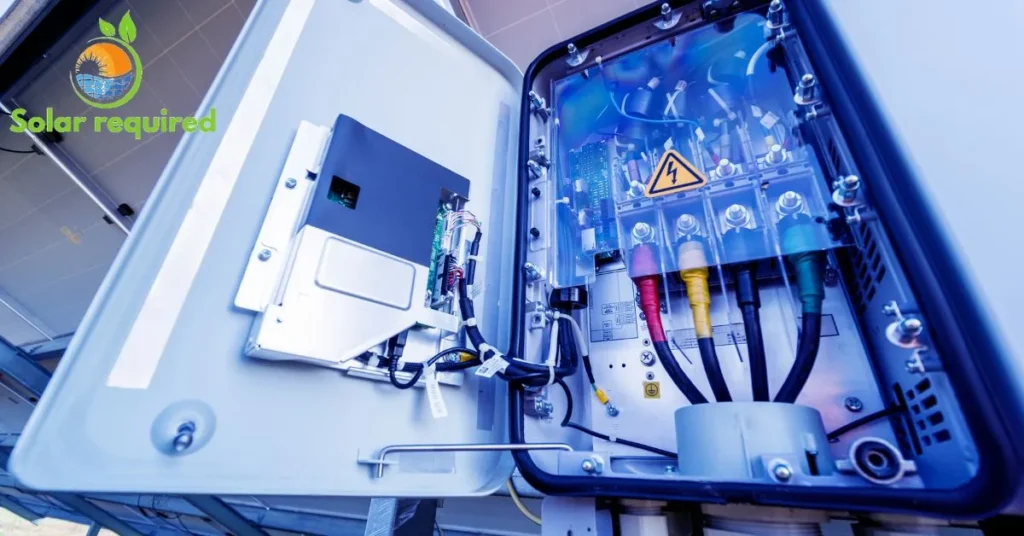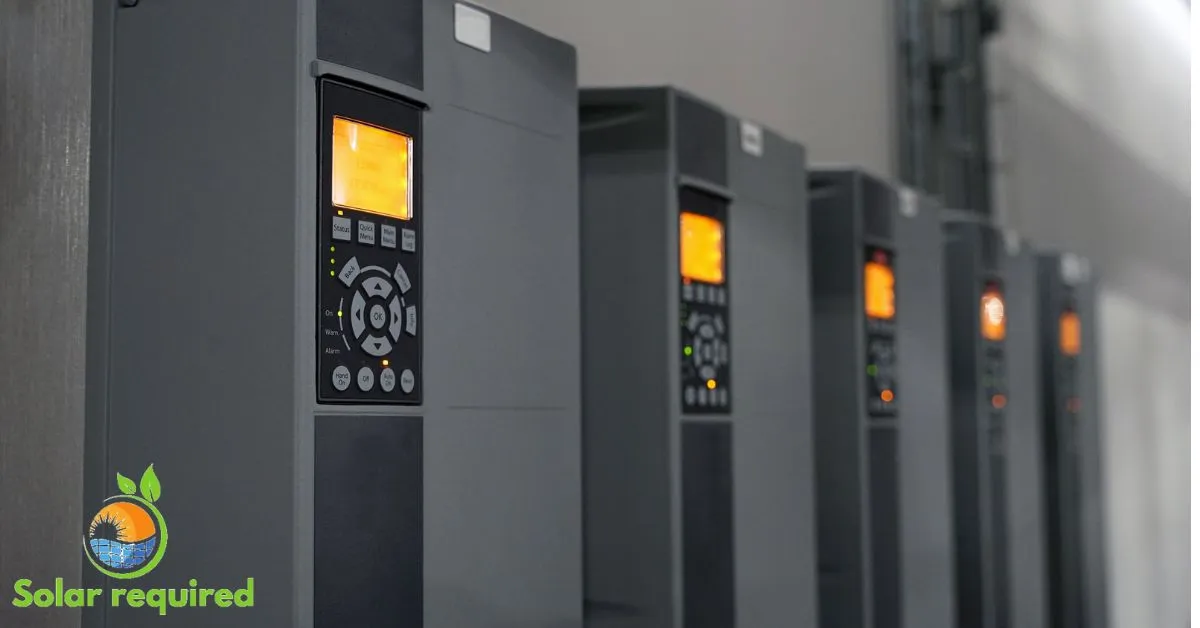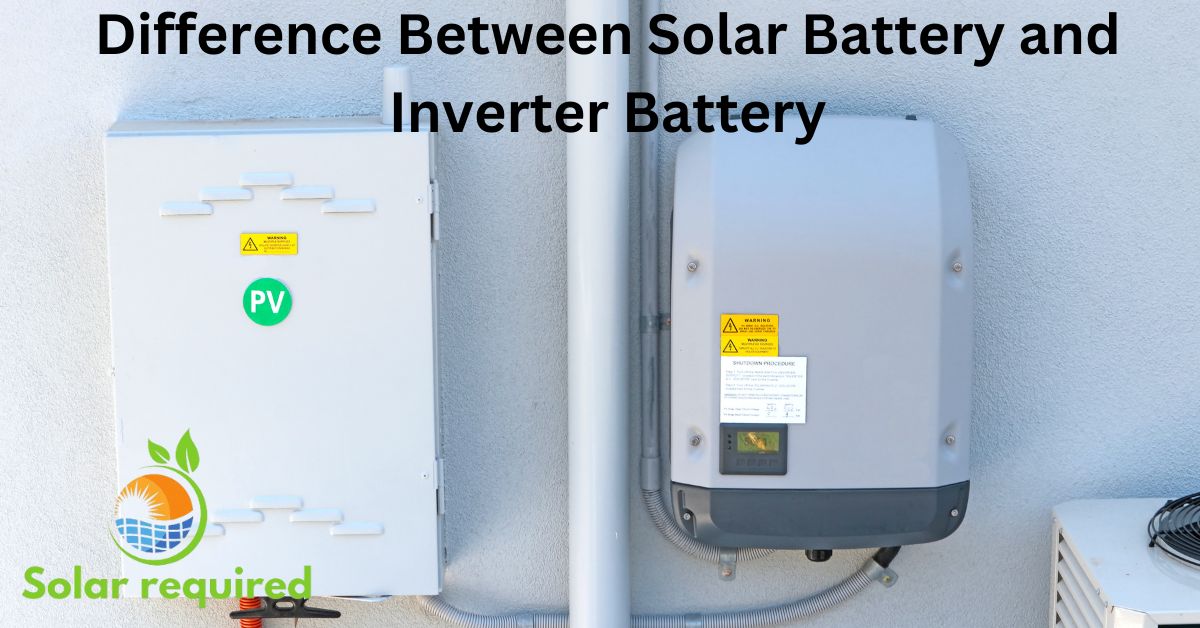What is a charge controller?
A charge controller is a device used in solar power systems. It manages the flow of power from the solar panels to the batteries. Its main purpose is to prevent the batteries from overcharging. It regulates the voltage and current from the solar panels and stops the batteries from discharging too much, making them last longer and operate safely.
Before Buying a Charge Controller
Before buying a solar charge controller, here’s what you need to know:
- Type of Controller: Decide between PWM (Pulse Width Modulation) or MPPT (Maximum Power Point Tracking). MPPT controllers are more efficient but costlier.
- System Compatibility: Match the controller’s voltage and current ratings with those of your solar panels and battery. This ensures compatibility and the best performance.
- Features: Consider extra features. These include monitoring, temperature compensation, and safety protections. They meet your needs and make the system more reliable.
- Budget and Quality: Balance cost with quality. Investing in a reliable controller can improve energy efficiency and extend the lifespan of your solar power system.
Types of Charge Controllers
PWM vs MPPT
Charge controllers for solar panels come in two main types: PWM (Pulse Width Modulation) and MPPT (Maximum Power Point Tracking).
PWM Charge Controllers: These are simpler and more affordable. They work by reducing the solar panel voltage to match the battery. This can lead to some energy loss. But, it is enough for smaller or less demanding systems.
MPPT Charge Controllers: These are more advanced and efficient. They adjust the voltage and current from the solar panels. They do this to find the point of maximum power. This ensures the most energy goes to the batteries. This type is ideal for larger or more efficient solar setups.
Your choice between PWM and MPPT depends on your budget. It also depends on your system size and efficiency, and how you can size solar systems for your home.
How to Choose the Right Charge Controller for Your Solar Setup?
You must choose the right charge controller for your solar setup. This task involves understanding your system’s needs. First, decide the type (PWM or MPPT) based on your budget and efficiency needs. Next, match the controller’s voltage and current ratings to those of your solar panels and battery. Also, think about extra features. These include monitoring and safety protections. Common solar panel scams you should know when you buy solar panels. They make sure the system works well and is reliable.
Related: Affordable Solar Phone Chargers
Top 10 Charge Controllers
1. Victron Energy SmartSolar MPPT 100/50:
The Victron Energy SmartSolar MPPT 100/50 is a top-tier charge controller. It uses advanced Maximum Power Point Tracking (MPPT) technology to get the most solar power. It has Bluetooth. You can use it to check and control it with a smartphone app. This ensures your solar system runs well and with little hassle.
2. Renogy Rover 40A MPPT:
The Rover 40A MPPT is a reliable charge controller. It is known for being efficient and affordable—people like it for those qualities. The controller has an easy LCD. It gives real-time data and diagnostics. This makes it easy for even beginners to check and manage their solar power systems.
3. Morningstar ProStar MPPT 40
The Morningstar ProStar MPPT 40 is a high-quality charge controller. It is robust and made for off-grid and hybrid solar installations. Its MPPT technology is advanced. It maximizes the energy from your panels. Its durable construction ensures long-term reliability and performance in many conditions.
4. OutBack Flexmax FM80 MPPT
It is great for larger solar systems. The OutBack Flexmax FM80 MPPT can handle up to 80 amps. It offers unmatched flexibility and power. Its MPPT technology is dynamic. It continuously adjusts to changing conditions. This ensures the best energy conversion and efficiency. Built to withstand extreme weather, it’s a dependable choice for serious solar enthusiasts.
5. MidNite Solar Classic 150 MPPT:
The MidNite Solar Classic 150 MPPT is a versatile charge controller. It can handle many types of solar panel setups. It is known for its high efficiency and strong design. It has advanced monitoring. It’s great for both home and commercial solar projects. It gives a reliable performance every day.
6. EPEVER Tracer 4210AN MPPT
The EPEVER Tracer 4210AN MPPT is cheap but efficient. It can handle up to 40 amps. It has a clear LCD and many safety features. It blends performance and reliability. This makes it popular among budget-conscious solar system owners.
7. Blue Sky Energy Solar Boost 3000i MPPT
The Blue Sky Energy Solar Boost 3000i MPPT is renowned for its simplicity and effectiveness. It’s made for small solar setups. It has an easy setup and use. But it keeps high energy conversion rates. This ensures you get the most from your solar panels.
8. Schneider Electric Conext MPPT 60-150
This high-quality MPPT charge controller from Schneider Electric is built to handle up to 60 amps with ease. Its advanced features and strong build make it good for larger systems. It delivers reliable performance and efficiency. It’s a trusted name in solar power. It’s known for being tough and having advanced monitoring.
9. Go Power! GP-PWM-30:
The Go Power! GP-PWM-30 is a Pulse Width Modulation (PWM) charge controller. It excels in simplicity and low cost. It’s perfect for smaller solar systems. It offers easy setup and simple use. This makes it great for those new to solar power.
10. EPsolar Tracer 3210A MPPT:
The EPsolar Tracer 3210A MPPT combines affordability with high efficiency, handling up to 30 amps. Its LCD screen shows clear real-time data. Its many safety features ensure safe and reliable operation. This makes it a great MPPT charge controller for small to medium-sized solar setups. It is good for beginners.
Upgrade Solar Charge Controller
Upgrading your solar charge controller for better performance involves a few simple steps. First, assess your current system’s needs, such as higher efficiency or advanced features. Choose a new controller that matches your solar panel and battery specifications. Follow the manufacturer’s instructions to install the new controller. Make sure all connections are secure. Finally, monitor the new system to ensure it works correctly and enjoy improved efficiency and performance.

FAQs
Why is my solar charge controller not charging my batteries properly?
This issue could come up if the charge controller is not matched to the voltage and current ratings of your solar panels and batteries. Ensure compatibility to optimize charging efficiency.
How do I monitor the performance of my solar charge controller?
Many modern charge controllers have built-in displays. Or, they can be monitored via smartphone apps or external monitors. Regular monitoring helps track system health and performance.
What is the difference between PWM and MPPT charge controllers?
PWM controllers are simpler and cheaper but less efficient. MPPT controllers can adjust voltage and current to maximize energy transfer from solar panels to batteries.
Can I upgrade my current charge controller for better performance?
Getting a more efficient MPPT controller can help. Ones with extra features like temperature compensation can also help. They boost system performance and energy harvest.
How do I ensure my charge controller lasts longer?
Regular maintenance helps. It includes cleaning and ensuring proper ventilation. Also, it means watching for wear or malfunction. It can extend the life of your charge controller and solar system.
Summary
In this blog post, we explored the essential aspects of solar charge controllers. We started by telling apart PWM and MPPT controllers. We highlighted their efficiencies and which solar setups they suit. We then looked at ten popular charge controllers. They include the Victron Energy SmartSolar MPPT 100/50 and the Renogy Rover 40A MPPT. We emphasized their unique features and uses.
The post also covered key points. It talked about choosing a charge controller. This includes system compatibility, features (like monitoring and safety), and budget. The talk gave practical advice. It was about maintaining and monitoring charge controllers. This is to make them work well and last a long time.
Furthermore, the course covered common mistakes to avoid. These include improper sizing and neglecting maintenance. The course also covered upgrading controllers for better performance. The blog aimed to empower readers. It gave them the knowledge needed to make informed decisions. They use it when selecting, using, and maintaining solar charge controllers. This would ensure the efficient and reliable operation of their solar power systems.


